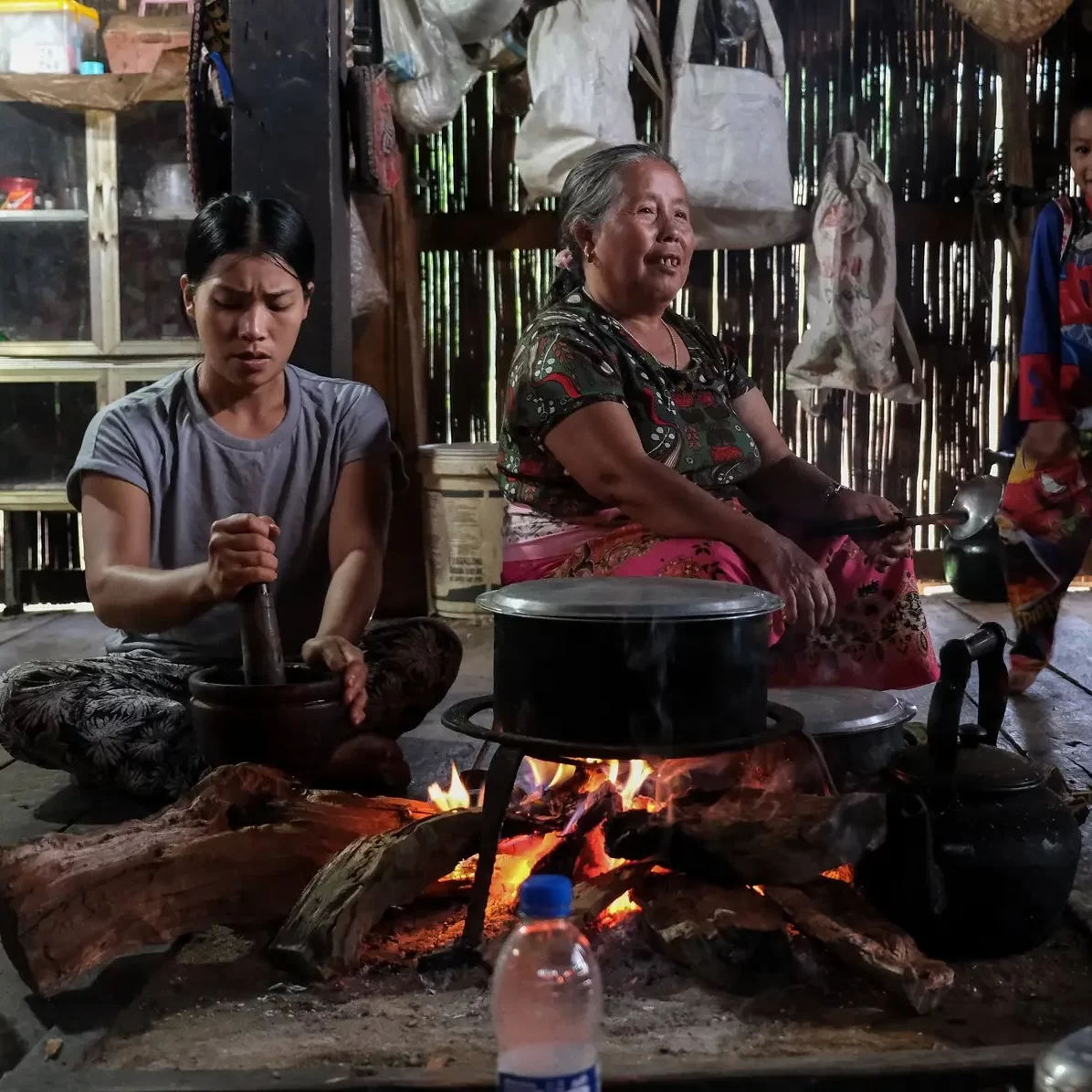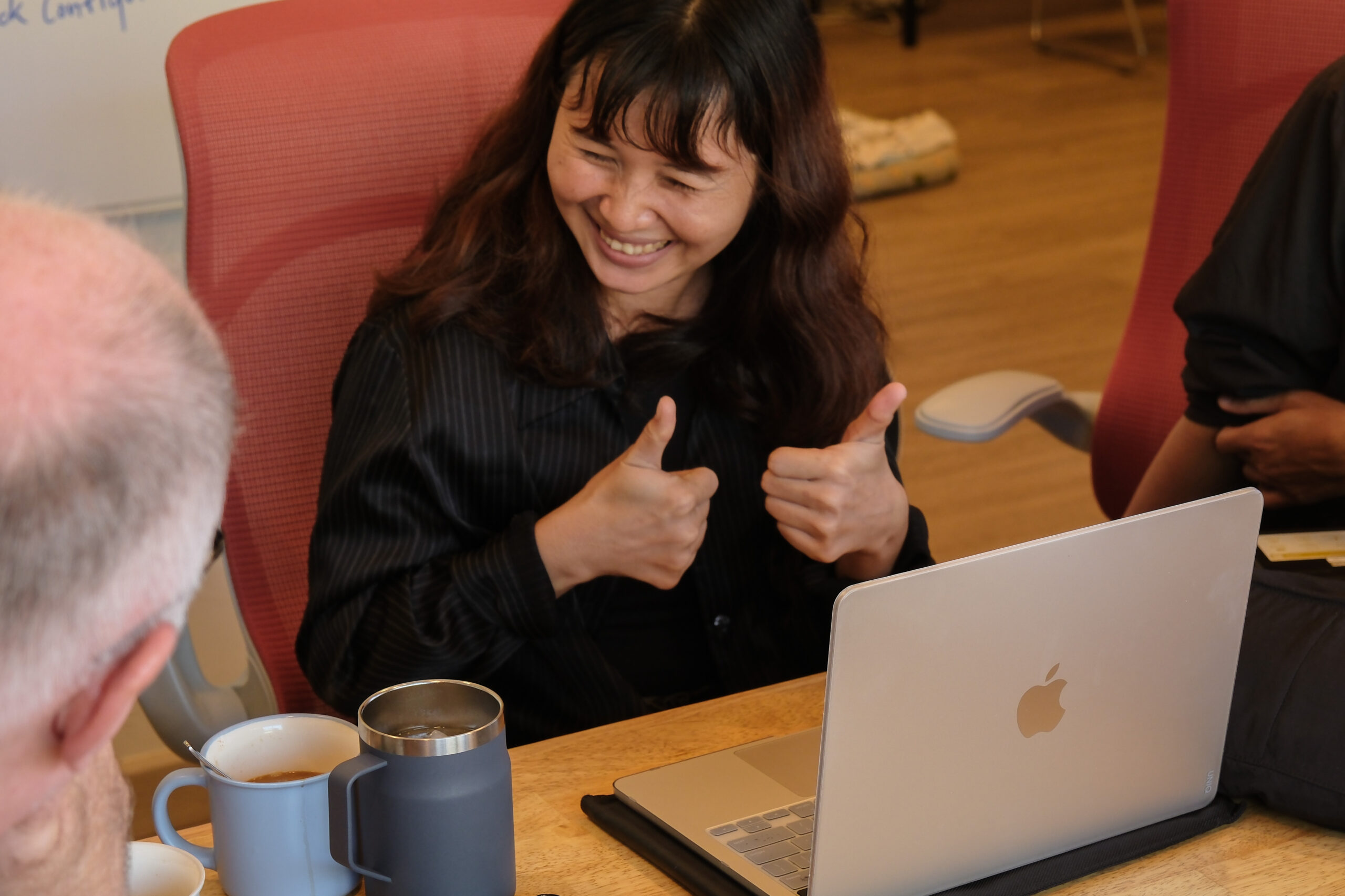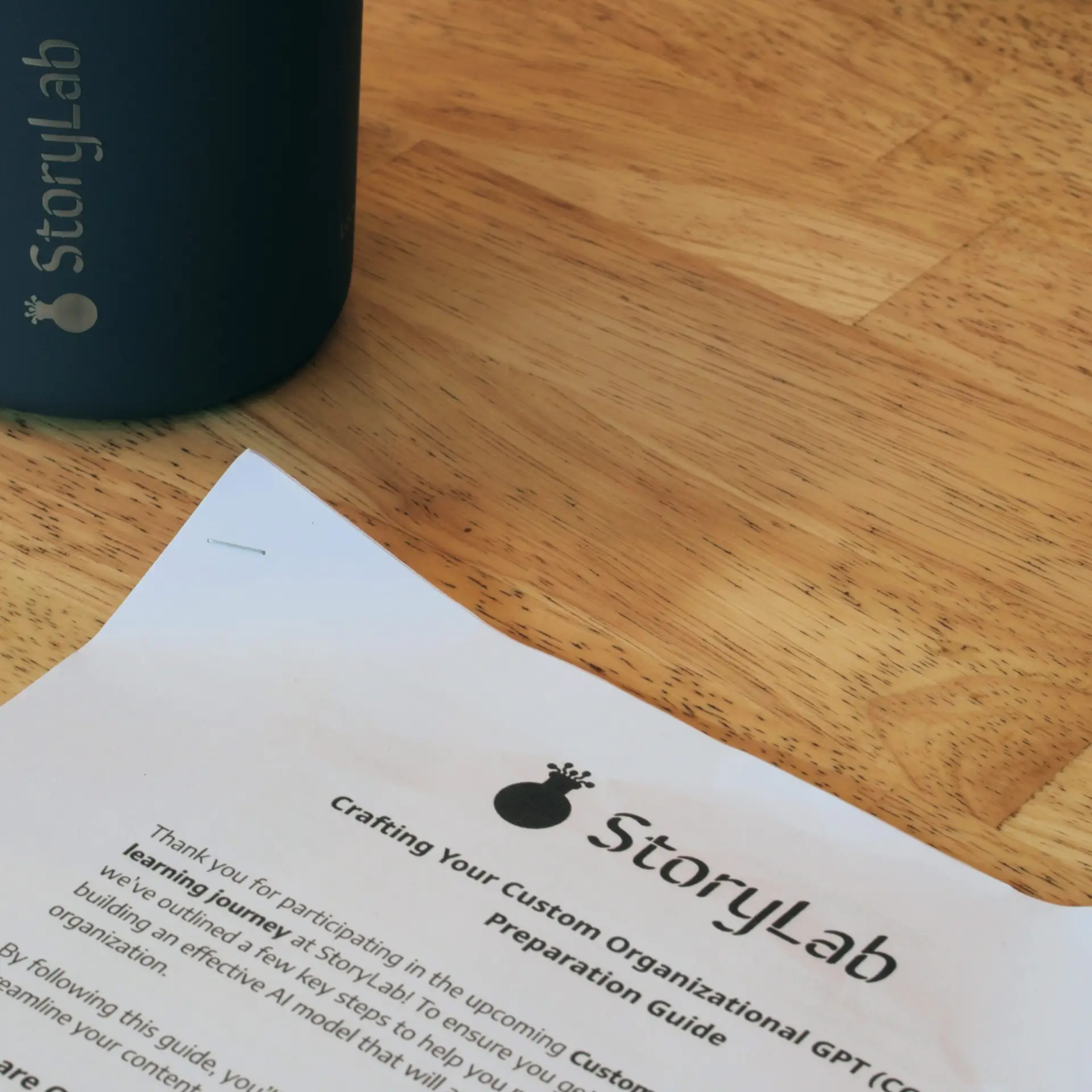Returning from a recent trip to two remote Lahu villages—Doi Wiang in Chai Prakan and Pa Muang in Mae Suay, Chiang Rai—I’m filled with a renewed sense of purpose and reflection. These are villages 7 and 9 of the 21 that will receive new water systems through the Chiang Mai International Rotary Club (CMIRC) Global Grant. Accompanied by our dedicated partners, Tewan and Napadon from the Integrated Tribal Development Foundation (ITDF), we set out not just to document the work being done, but also to conduct a post-installation inspection and ensure that these systems are meeting the needs of the communities.

Our journey began with a challenging drive to Doi Wiang, rated 8 out of 10 on the ITDF’s “remoteness scale.” To give some context: next year, we’ll be tackling a village that scores a full 10/10 on this scale, requiring a 6km hike to reach the site. Despite the recent storms, which had left the roads muddy and precarious, it was the jagged cement slabs that ultimately damaged a wheel on our truck, leaving us stuck just 1.5 km short of our destination. After a tire change, we continued undeterred, knowing the importance of reaching the community and assessing the water system’s impact.
When we finally arrived, the sky darkened, and it seemed our plans might be hampered by a sudden downpour. But we were warmly welcomed into a hut where an open fire burned softly at the center, creating a cozy and intimate space for conversation. As Tewan led the interviews in Thai, the villagers spoke candidly about their struggles with water scarcity and the daily burden of securing a reliable water supply in such isolated areas. For these families, the new water system is more than a convenience—it is a critical improvement that addresses their basic needs and opens up new possibilities for health and livelihood.

Access to clean water changes everything for these underserved communities. It means that families no longer have to spend countless hours fetching water, freeing up time for education, farming, and other economic activities. The health benefits are immense, reducing waterborne illnesses and improving the overall quality of life. This shift not only improves living conditions but also brings hope for better economic prospects and a brighter future.
Over the past year, I’ve joined Tewan and Napadon on at least a dozen trips into the mountains, each time gaining a deeper appreciation for their expertise and commitment. Initially, Tewan was often a subject of our videos. Now, he has become a true collaborator, taking the lead in the interviews and engaging directly with the community. His presence and insights helped us capture a more authentic side of village life—one that only a local partner could reveal.

For the Lahu people, this project is not simply about access to water; it’s about restoring dignity, building self-reliance, and creating a sustainable path forward for their community. The project’s impact is far-reaching, touching every aspect of life—from improved health and hygiene to enhanced opportunities for farming and economic growth. In these remote villages, where development is often slow to arrive, the water systems represent not just a service, but a vital resource that changes the course of entire families’ lives.
As we continue our work, I’m committed to sharing these stories with the sensitivity and respect they deserve, ensuring that the voices of these communities are heard and their efforts recognized.

Images are courtesy of John Hulme.






